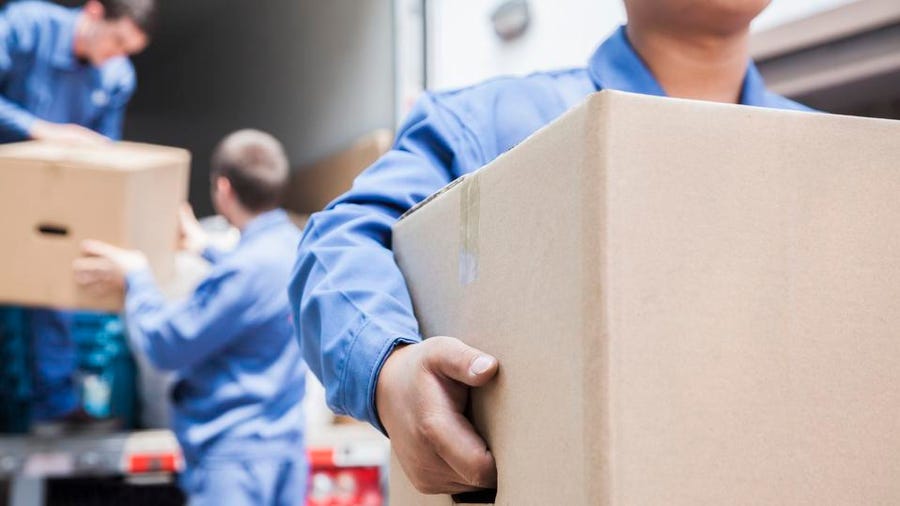Whether you’re moving for the first time or are a seasoned pro at this point, moving is never easy. You might have seen or experienced first-hand how disastrous sloppy moves can be, which is one of the reasons you find yourself skimming through this article. Like much else in life, moving is also an art that benefits from having some guidelines in place.
If you’re just beginning the packing process or have simply entertained the thought of undergoing a move, you’re right on time either way. We’ll be headlining the dos and don’ts to follow for a seamless and hassle-free move. This way, you’ll know how to go about this the right way and can execute an efficient move without letting it overwhelm you.
Have a game plan ready.
Dipping your toes into the moving process with no structure is not wise at all. Instead, taking the time to adequately decide what approach works best for you is the right way to do things. If you’re a person that works well with lists, try to distribute tasks across them in the form of days. Another strategy is to address one room at a time and go from there. Haphazardly packing and loading without a second thought will come back to bite when you’re in the middle of locating things.
Moreover, moving isn’t only about packing, but a lot of other aspects too. Firstly, gathering the material that you need to store and pack, decluttering, and throwing excess things away are all primary steps that need to be sorted through before one can even think of packing things up. Try to go through each of these facets appropriately and spread them out over days or weeks so you’re organized and good to go when moving day comes around.
Fight the urge to hoard.
One of the biggest blunders that people make while moving is not parting ways with items that are no longer needed. This results in an unmanageable load that costs a whole lot more to transport. Instead of being motivated by the move to latch yourself to familiar things, use the move as an opportunity to clean and rid your house of useless stuff.
While it is true that during a move, every single item in your household looks far more necessary than it really is, a clever way to convince yourself to go through the cleanse is to put all your extra items up for a yard sale or sell them to any friends and family that might be interested. This will generate extra cash that will help you in the move while also significantly lessening the volume of items you have to carry along.
Mark items that need gentler handling.
Regardless of how well you pack fragile items, the chances of them being damaged are never zero. During the moving process, items can get scattered all over the place, and boxes are pretty hard to identify and differentiate. What this means is that items needing to be handled with care are out there with no telltale sign for you to locate them and save them from an unfortunate fate.
However, if you take the precautionary step of marking these items fragile, either through a label maker or simply by scribbling down on the box, you’ll minimize any chances of damage. This is also important for when movers or a moving service comes around because they’ll know which items need to be handled with more care. Marking your boxes is a definite do for an obstacle-free move.
Have a budget in place.
Moving costs a lot of money, and things can quickly get out of hand if you’re not keeping a close eye on them. Paying an unchecked amount of money for services, packing material, new subscriptions, and whatnot can quickly turn moving into a nightmare. Not to mention that your pocket will suffer the consequences of ill-thought spending in the long term too.
Having a budget allotted to every task is the best way to make sure that no extra expenditures sneak their way in. It’s prudent to have everything from costs to tips singled out beforehand so no surprises and shocks come into play before, during, or after the move. Remember, a moving budget for sure falls in the dos where moving is concerned.
Don’t go overboard when you pack.
The major mistake that first-time movers make is becoming too optimistic about the holding and storage power of regular cardboard boxes. Just because a box is able to fit in a bunch of items doesn’t mean it will be able to hold them in there as it is carried during the move. What this results in is a lot of breakages, damage, and injuries too. Nothing beats safety and caution, so make sure you’re not being overly generous as you pack.
Even if your boxes are able to sustain the load, there is a fat chance that neither you nor the movers will be able to lift the weight that the items eventually amount together. This will create lots of obstacles in the moving process and even have you remove and repack some things in order to make it possible for them to be loaded.
Don’t drain yourself.
One of the biggest rookie mistakes you can make during a first-time move is to fully exhaust yourself up until the wee hours of moving day. Most people skip sleep completely because earlier malfunctions in planning have them way behind schedule. Being drained on a moving day makes you all the more susceptible to accidents and all sorts of unexpected misgivings.
Prioritize a full night’s rest before the day you’ve scheduled the move. In this way, not only will you be able to contribute during the moving day with energy and diligence, but you’ll be alert too and able to monitor movers as well. Exhausting yourself the night before your move is a solid don’t when it comes to moving.


